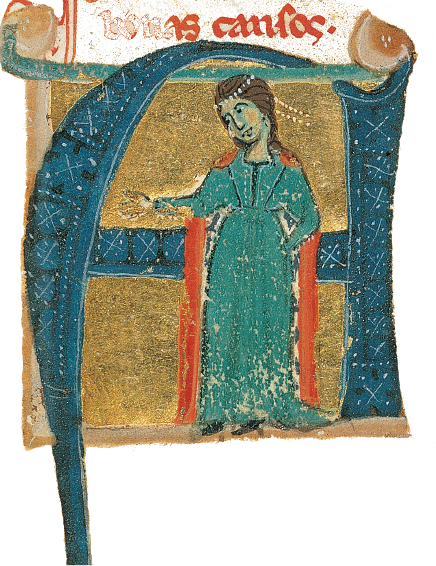HOW DID EARLY MUSIC SOUND?

Because sound recording is only about a hundred years old, the hard truth is that we do not really know how the music of Beethoven sounded in 1800, or the music of Bach in 1700. We have the scores, and it may be that tradition, writings, anecdotes, and surviving instruments allow us to extrapolate from score to sound with some confidence. But what about early music — music from 1500, 1300, 1100?
Obsolete instruments have come down to us in an imperfect condition, and we can try to reconstruct them; but figuring out how they were actually played is much more speculative. As for singing, who can guess what a cathedral choir, to take just one example, sounded like in the Middle Ages? Since then, language itself has changed so much that it is hard enough to read a fourteenth-
Another set of problems involves the way early music was written down. Its composers never indicated the tempo and rarely specified the instrumental or vocal forces that they anticipated for their music. With vocal pieces, they did not say whether one singer or a whole choir was to sing. It has taken generations of patient research and experiment to “reconstruct” the probable sounds of early music.